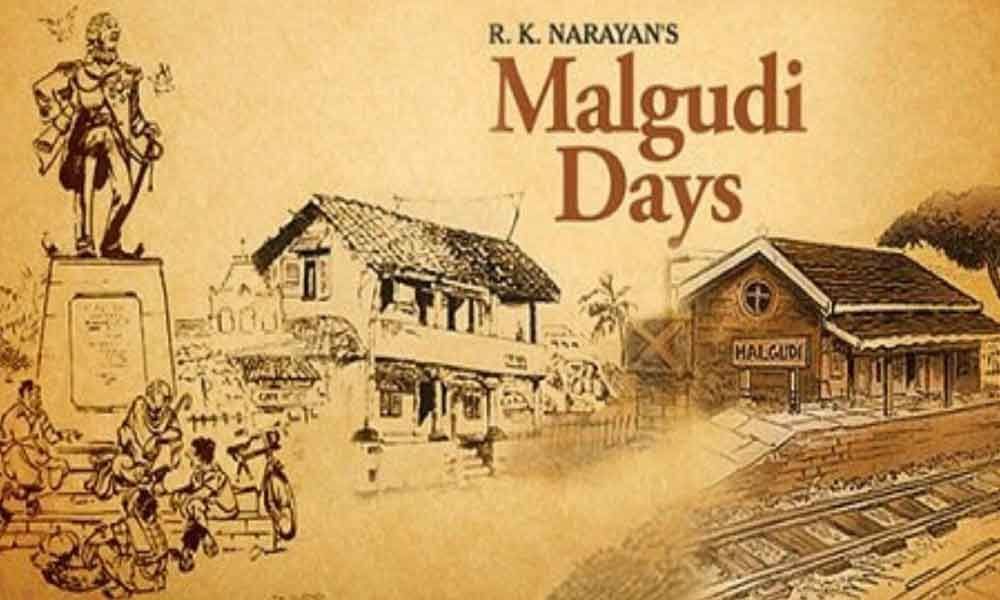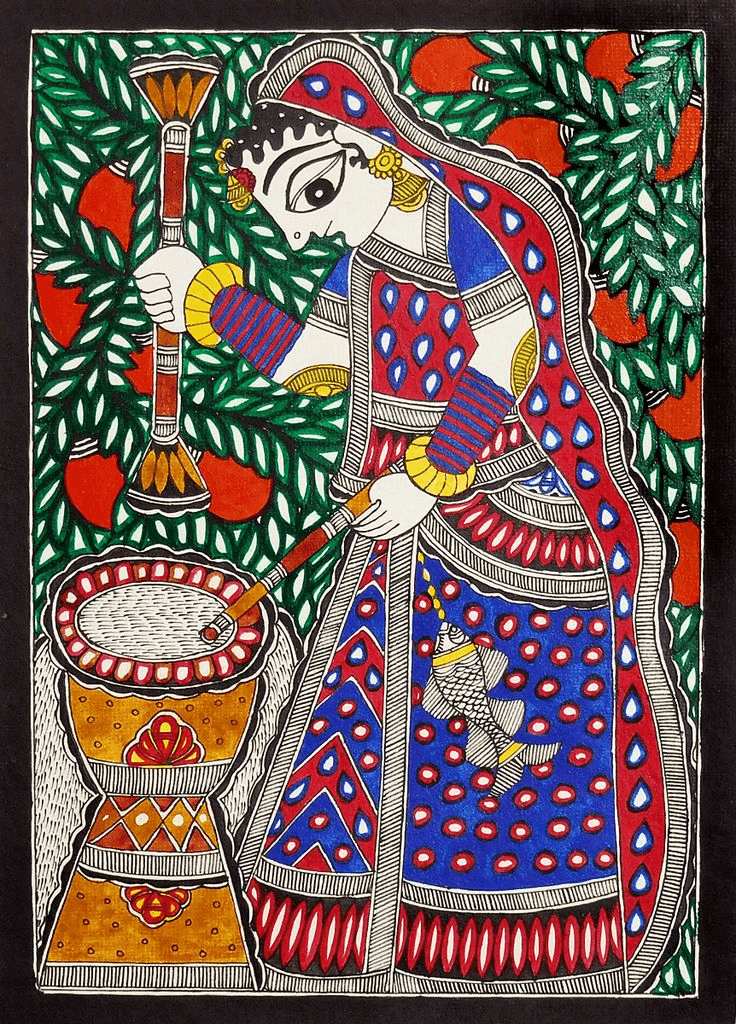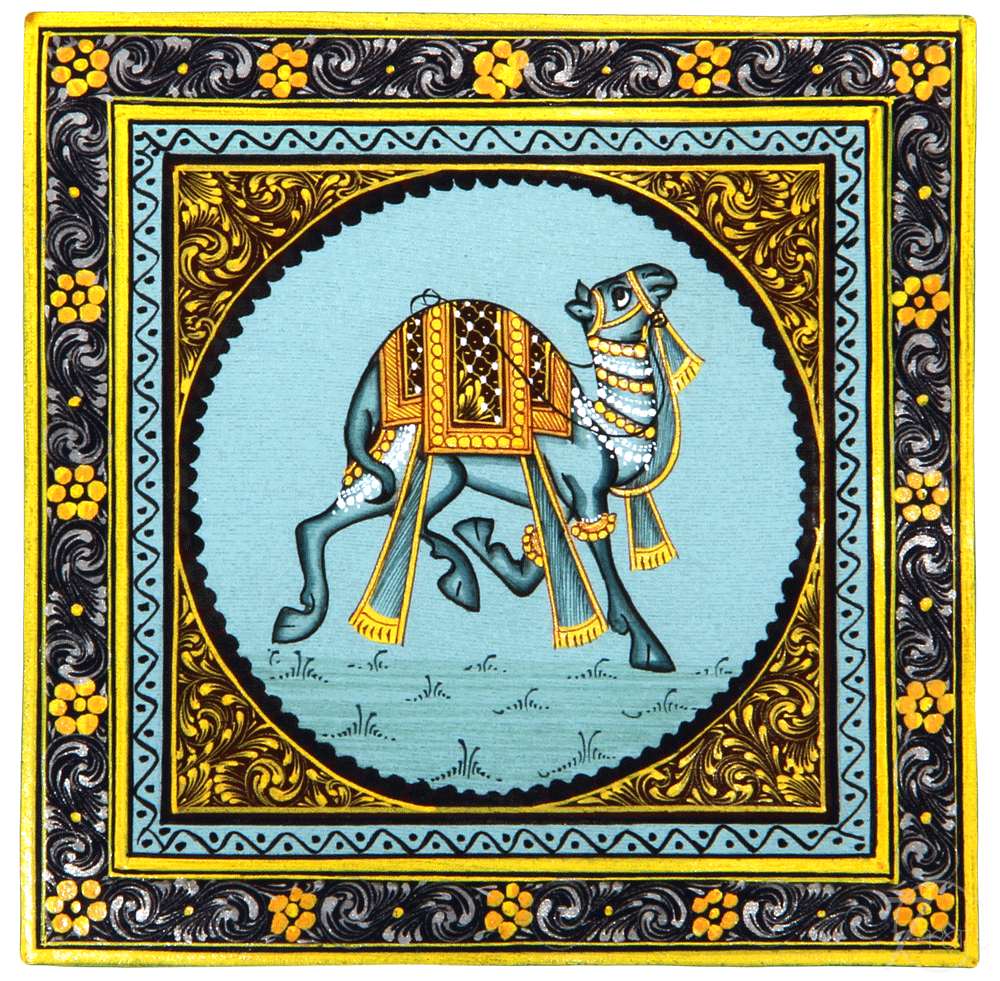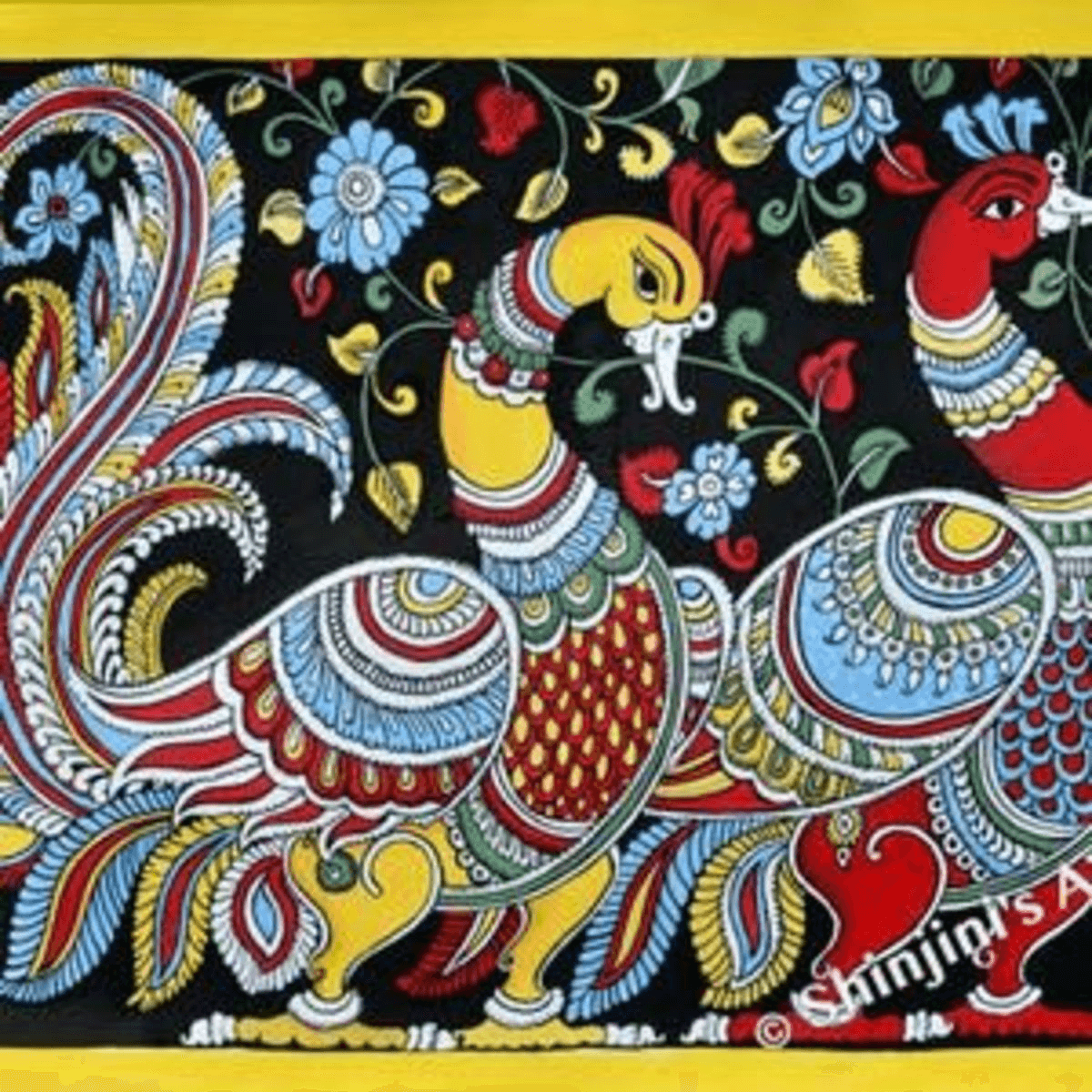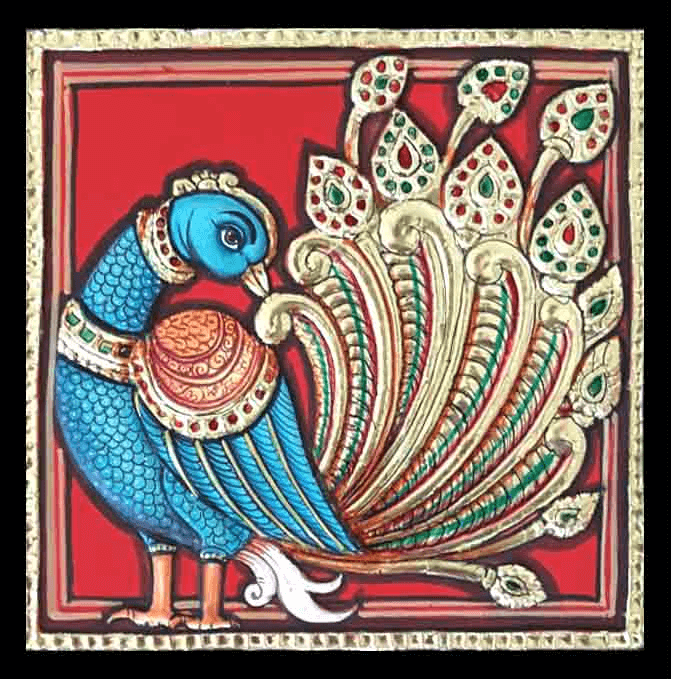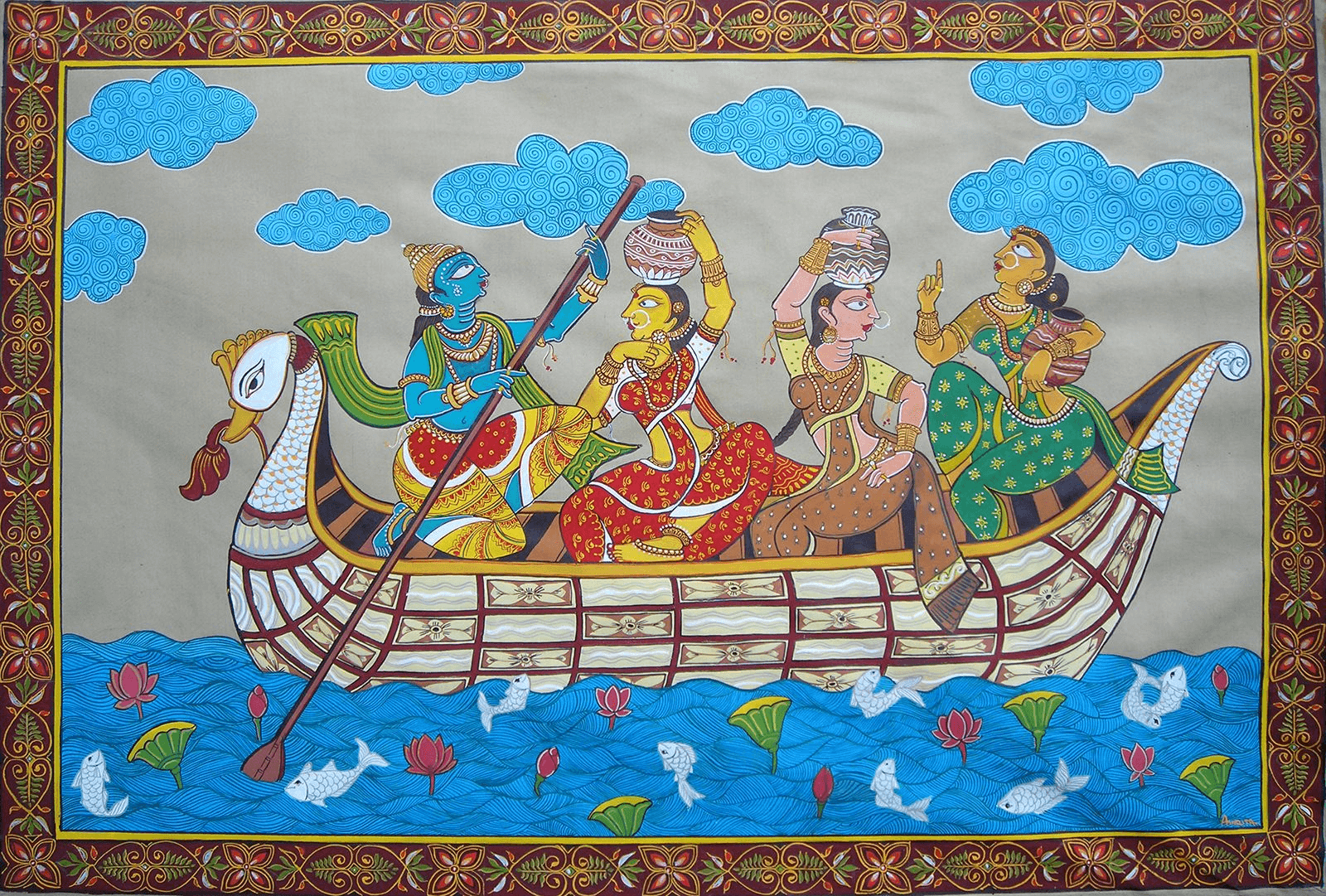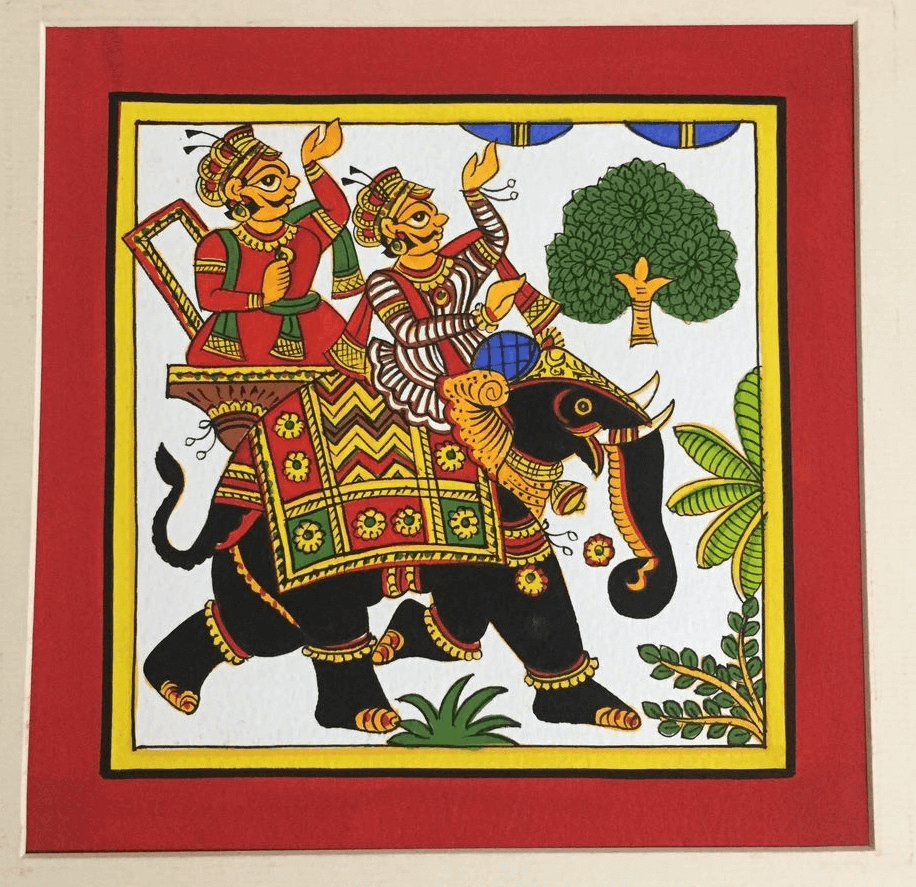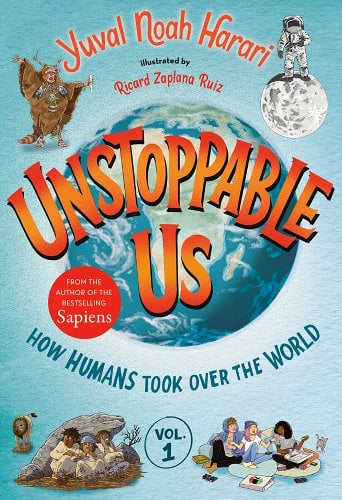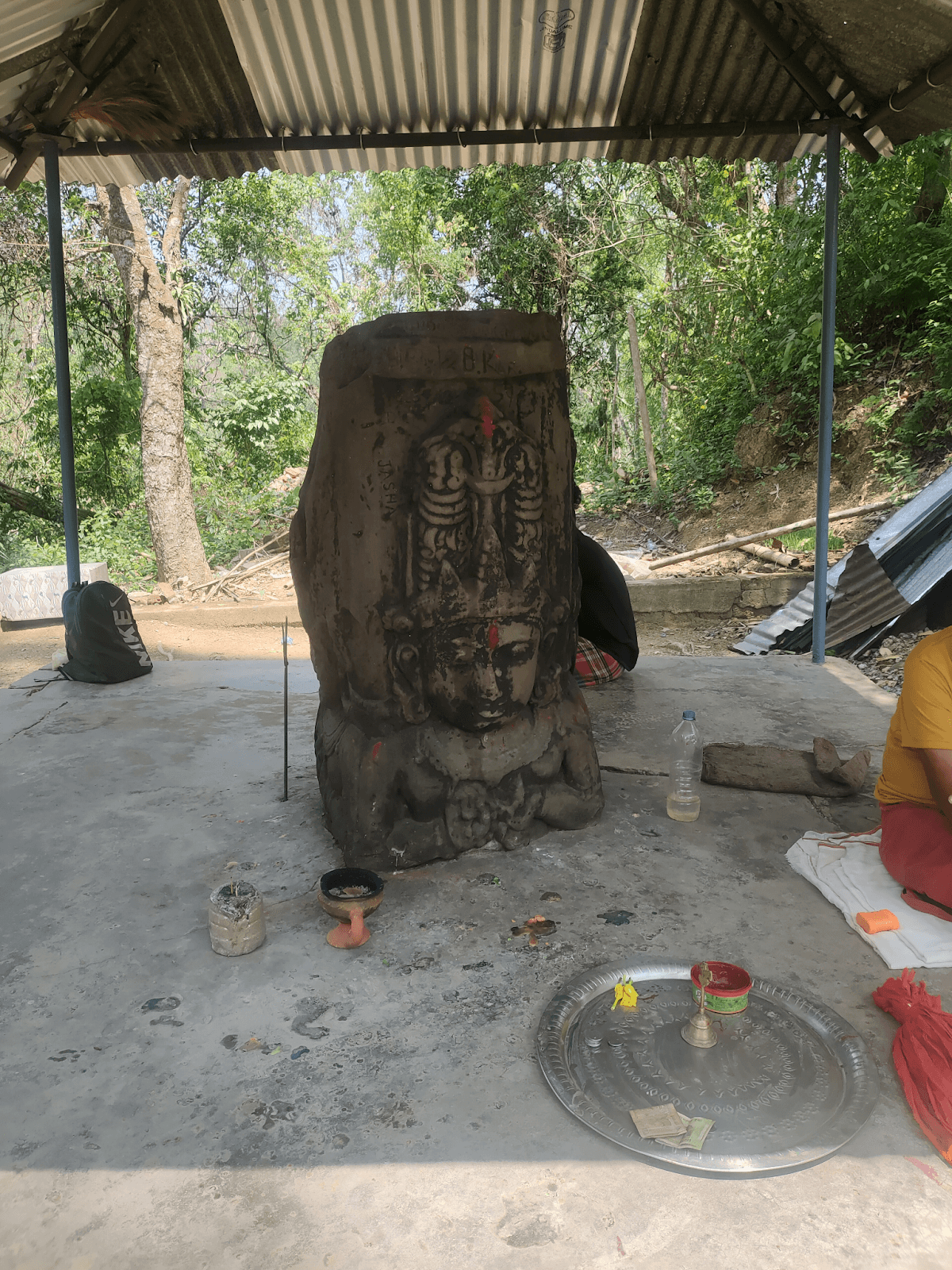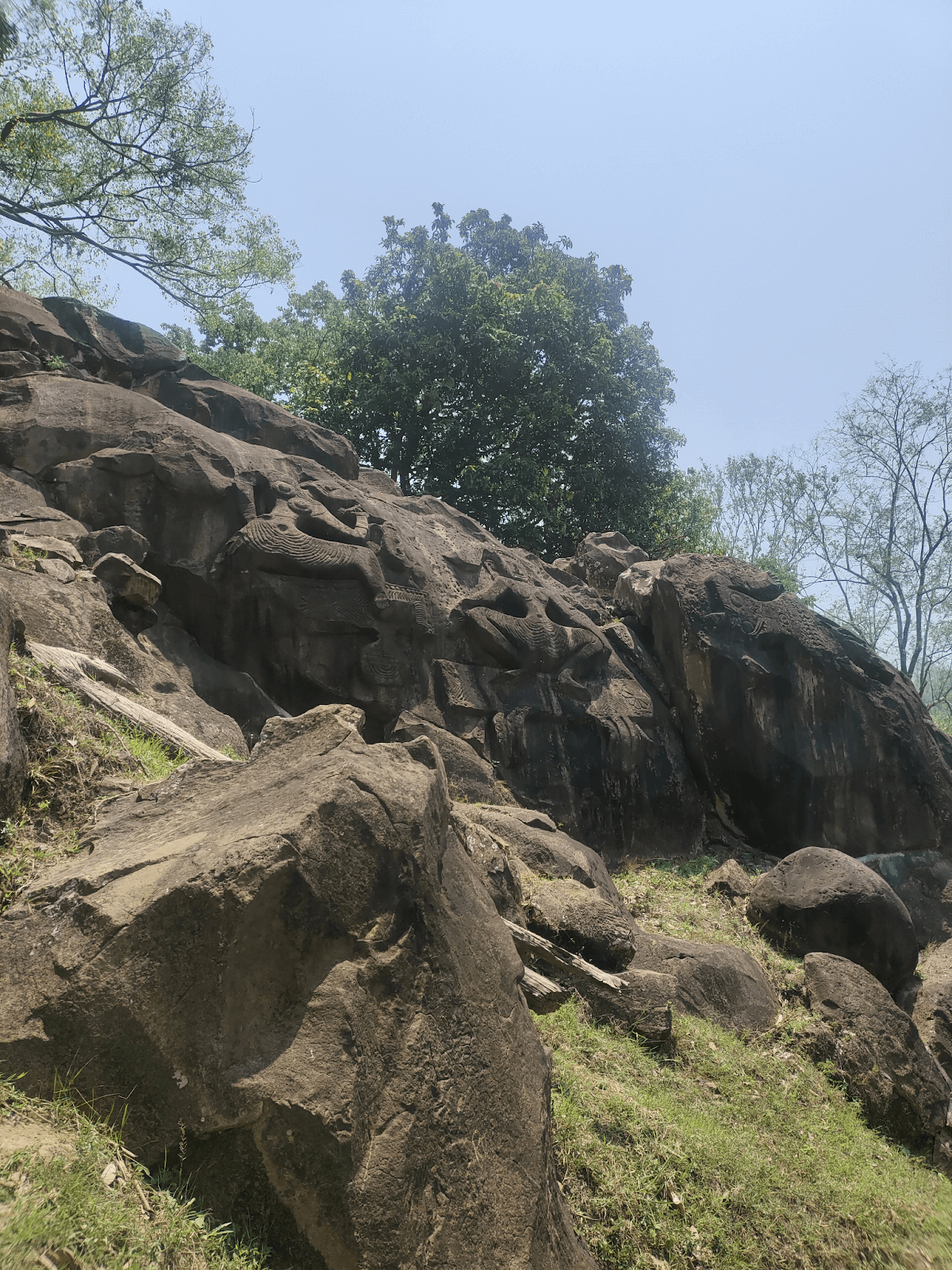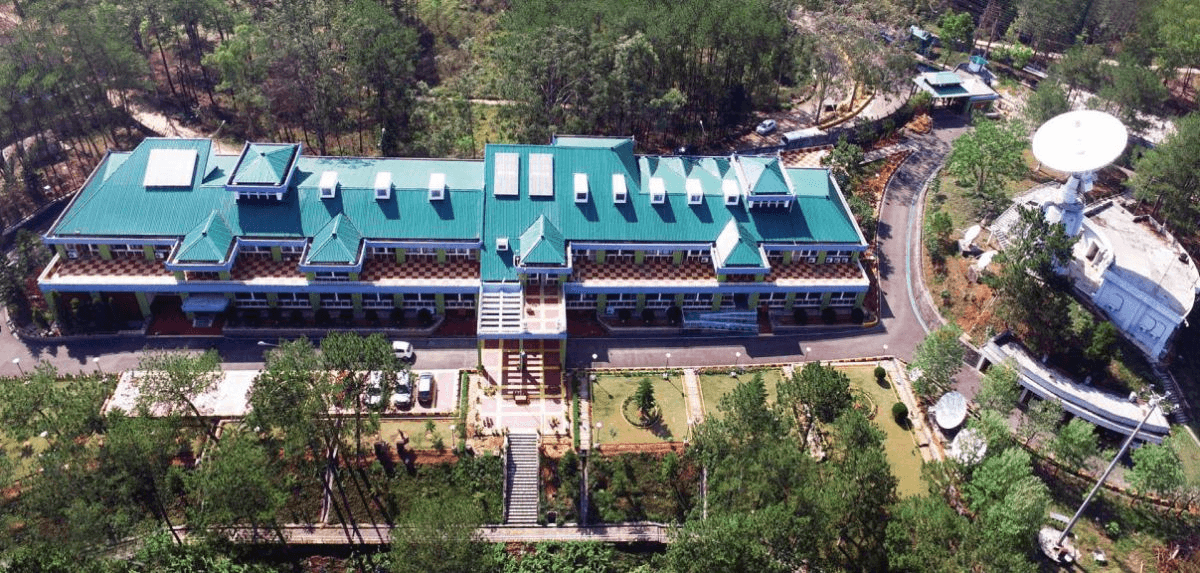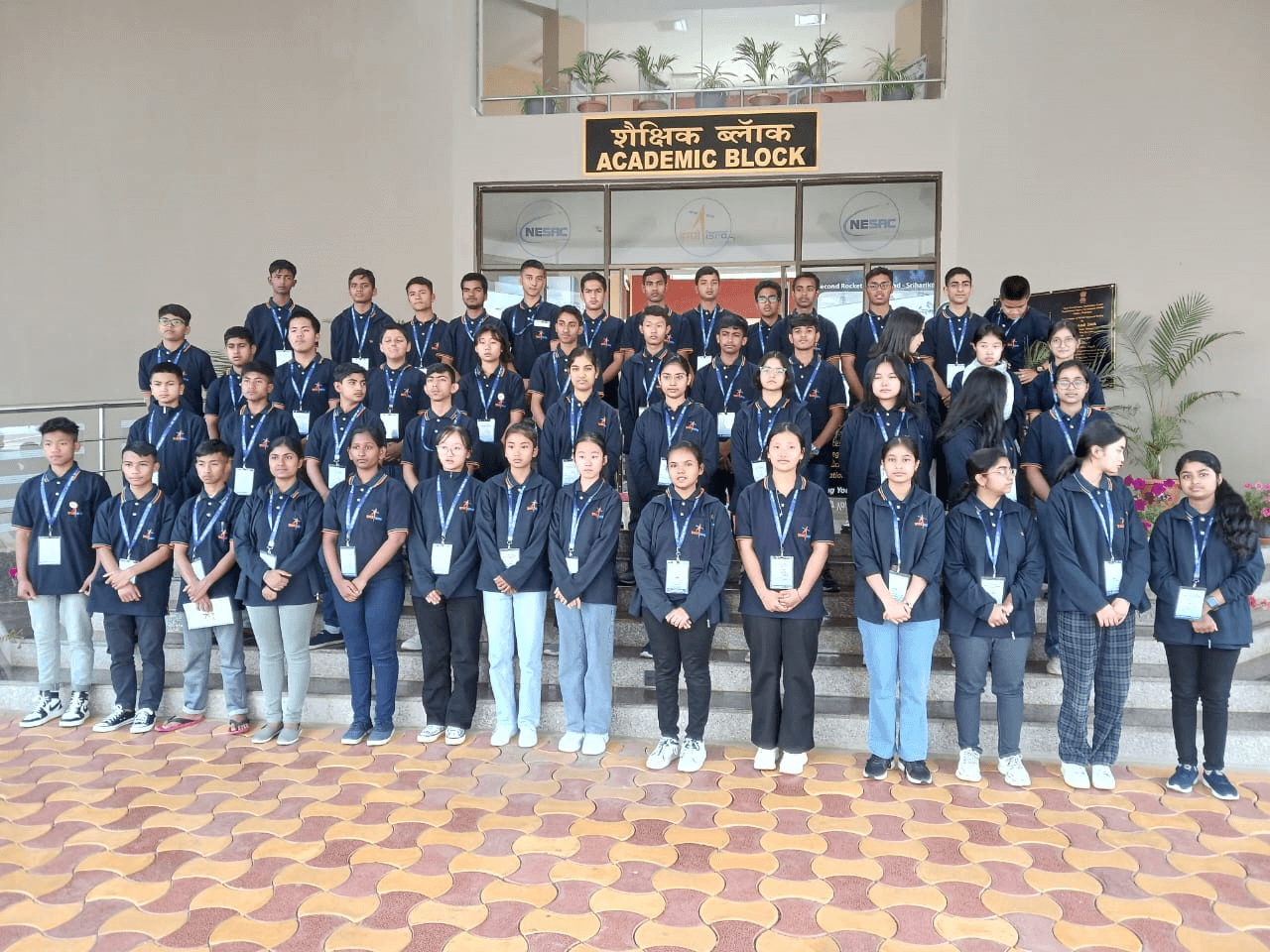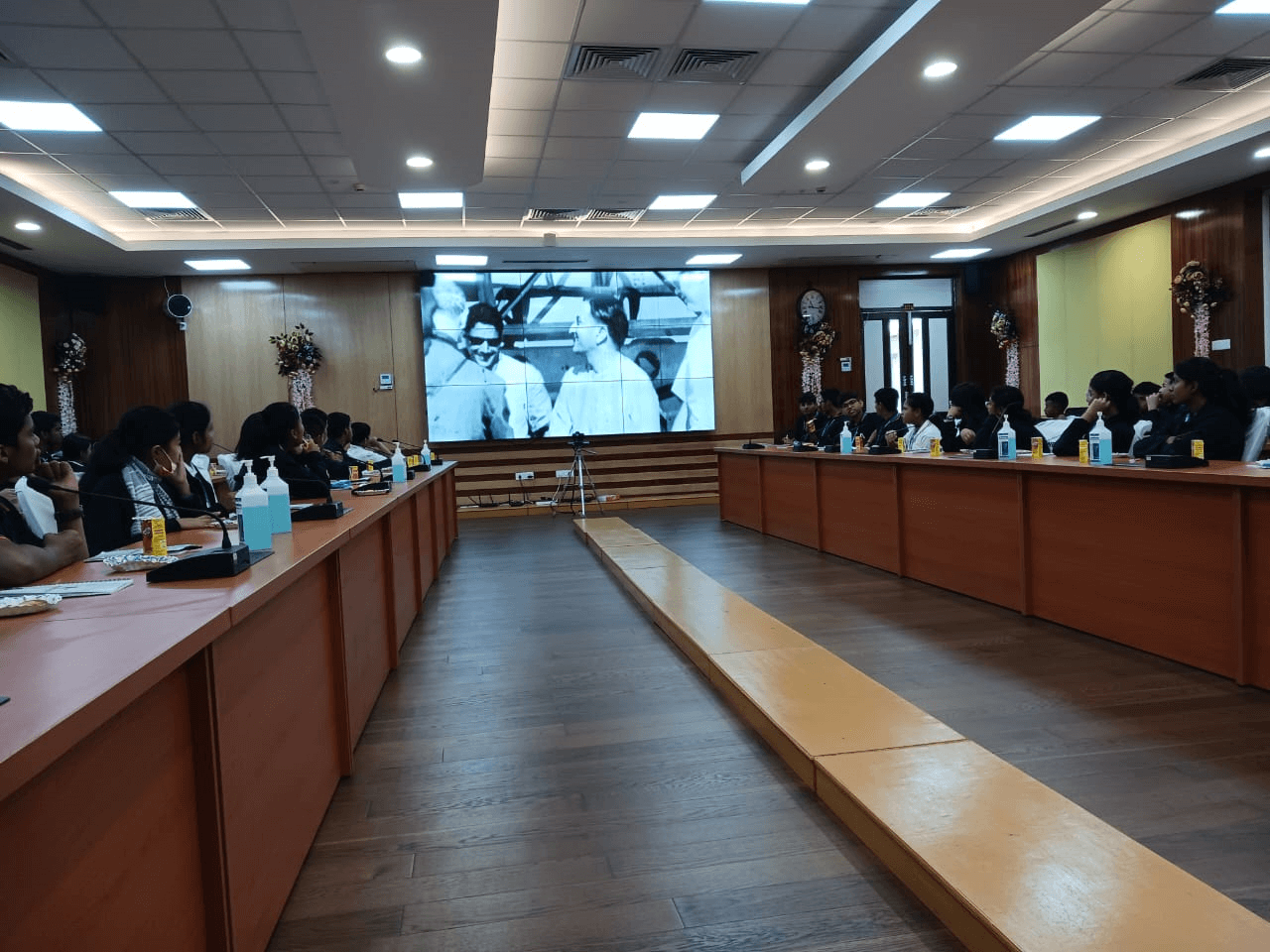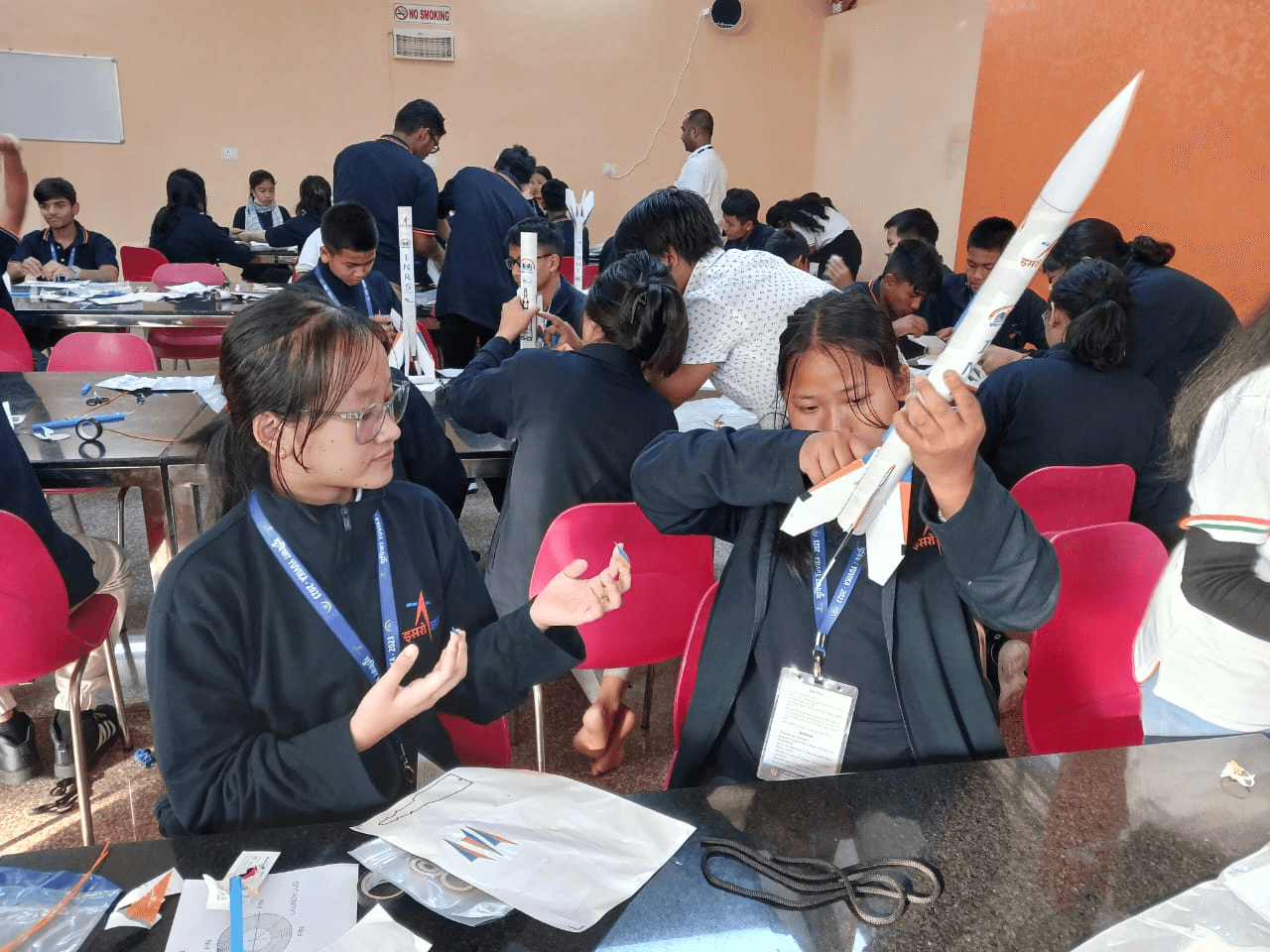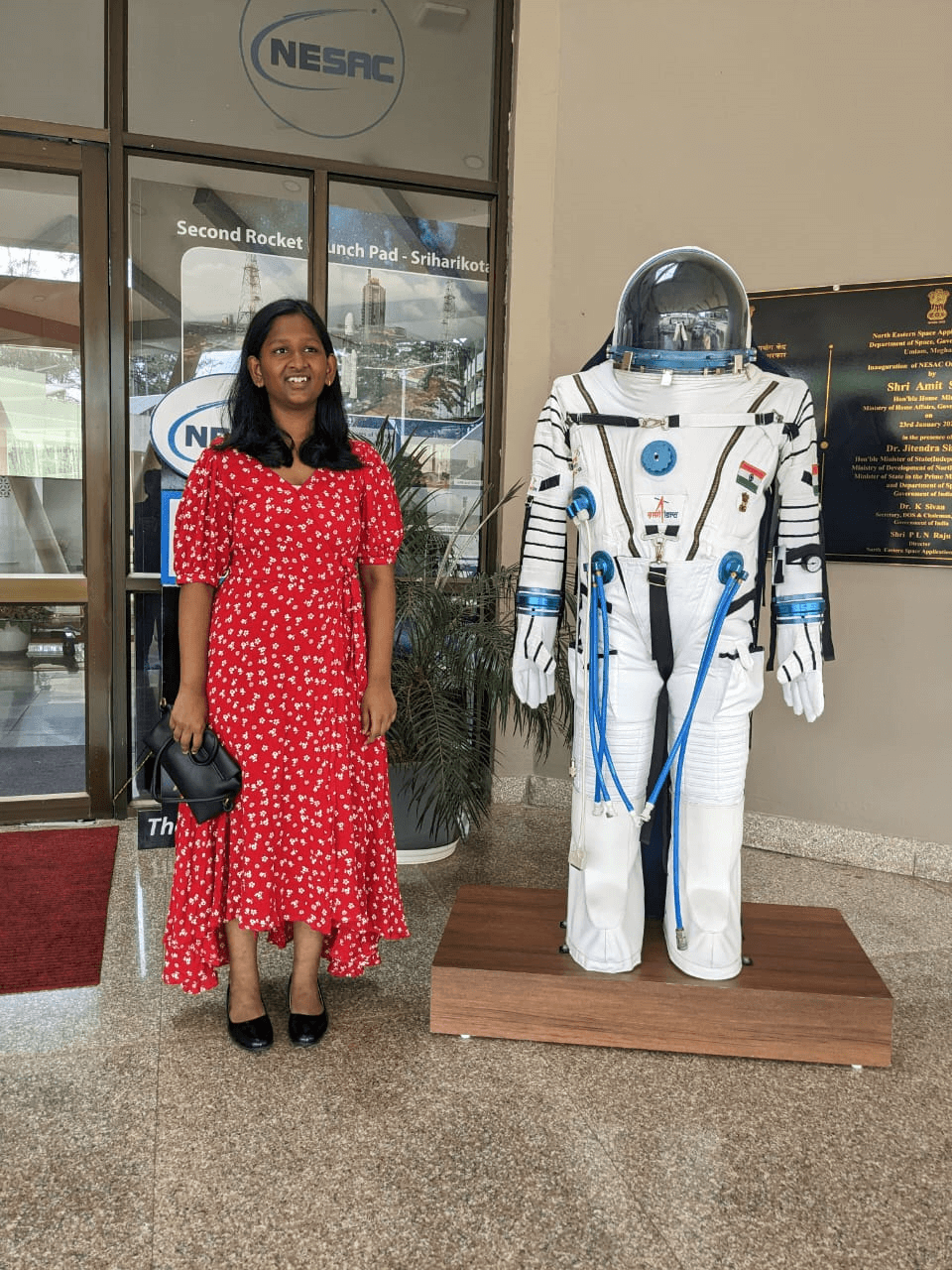Traditional Art measures the cultural sophistication of a place, and has even been used to record the history of our ancestors. The most astonishing part of the world of art is that it is common to all the civilizations in the world and has transcended boundaries.They are the legacy bearers of the past and a crucial link and testament of our traditions, beliefs, and faith.
The beauty of these arts is that the boundaries of its various forms are porous.
Visual arts have been in existence since ages because they illustrate one’s feelings. Since paper was invented much later, people started expressing themselves by engraving and drawing on walls as that was the most convenient way possible. The ancient murals and wall art from the Mayan civilisation, the terracotta, and stone statues from the Harappan civilisation, and the Nefatari Playing Senet painting from the Egyptian civilisation to name a few are some of the artworks that have survived for centuries. They continue to be discussed by sociologists who are trying to comprehend the society of our ancestors while also serving as an inspiration for young artists.
A simple work of art like a painting can make us cry, throw us in a fit of rage or laughter, wonder, exclaim in amazement, confuse us, and make us more aware of our conscience.
Art has a unique place of its own in culture. Rather, it would not be wrong to say that art is culture and culture is art. Art can be used to identify oneself. For instance, tattoos were not always a part of the hippie culture that originated from the Western culture in the 70s.
In the Maori tribes of New Zealand, men received Mataora tattoos on their faces as a symbol of nobility. Traditionally, these designs were termed as Ta Moko. Although the tradition died down when the country was colonised but has revived as one can never part with one’s culture, history and this is how art allows one to preserve the legacy of ancestors for the future generations..
Something similar can also be traced to the Philippines where Batok artists from an ethnic group called Kalinga ink Apa Whang-Od tattoos on people. All these artists are trying to keep a 1000 years old tradition alive and maintain an identity of their own. The Gond artists of central India also carry a similar legacy.
Traditional artforms also play a major role in running the local economy while providing sustenance to local artisans. The world is teeming with creativity, from Australian Aboriginal art to Colombian pottery, Peruvian cloth painting to complex Mexican artwork. The Japanese artform of origami is an extremely intricate artform wherein you can create two- and three-dimensional figures and shapes.
The Buddhist artform of Thangka requires a lot of precision and is an intricate genre of painting that can enhance the visual appeal of any space. To master this art, an artist must have a spiritual understanding of the religion and Nepalese culture.
The art of decorating parasols in the village of Bo Sang in Thailand is another unique artform. Cotton and silk paper covers with floral designs on a bamboo frame by farmers serves as a souvenir for tourists. A three-day umbrella festival is celebrated every year in Bo Sang and is a major tourist attraction.
Fabric painting in Uzbekistan and other parts of Central America is also gaining significance all over again. Ikat is a traditional art of fabric dyeing before weaving them into fabrics. Something similar can also be found in Indonesia where wax is applied on parts of fabric to prevent dye from penetrating in those areas and creating designs accordingly. These patterns and designs are called Batik patterns. Owing to their popularity, UNESCO has designated this artform a Masterpiece of Oral and Intangible Heritage of Humanity.
Every culture has its own distinctive ornamental wooden objects with intricate carvings. A prime illustration of craftsmanship can be found in the elaborate cuckoo clocks from Switzerland, the Irish bog oak sculptures, and the Mexican carvings of legendary animal images on copal wood, the famous wooden toys made in the Konkan region of Maharashtra, India. The wood carving technique used in Mexico is known as alberijes, and it includes carvings of owls, rabbits, coyotes and other birds and animals.
Glassblowing is another unique artform that was first invented in Syria. The art of shaping molten glass into various kinds of designs and creating beautiful ornamental objects needs expert craftsmanship and a lot of finesse. At present, the city of Venice in Italy is known for housing some of the best and the most skilled glass blowers in the world. A blend of Roman experience and precise craftsmanship acquired from the Byzantine Empire allowed people to adopt this art and master the techniques.
The wood, ivory, sandalwood and stone crafts from different parts of India, hand have been handed over from one generation to the next.
Power of art lies in a community’s shared story as it is a medium of expression. Since humans are governed by the same emotions everywhere in the world, art forms have the power to transcend physical boundaries and appeal to our senses and emotions in the most powerful sense of the word. Therefore, it has been rightly said that art has the power to sustain life.
The transmission of traditional arts has occurred from generation to generation. Having survived the assault of mechanical and digital worlds, they have still managed to maintain their footing today. It is imperative that children are aware of this significant contribution to the national and global cultural heritage.
With this new series on traditional art and crafts from India and other countries, we hope to educate our readers about their significance and encourage them to try to learn them. So, plunge into the enlightening, mysterious, and enchanting realm and be transfixed. This section of our next month’s issue will feature the fascinating and varied traditional art and craft of India.

